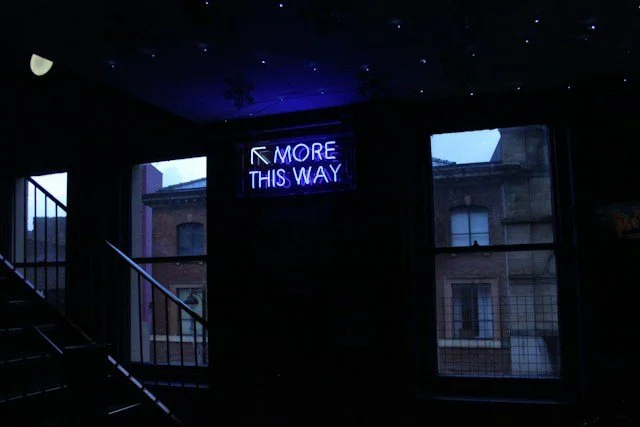Johari Window
What lies behind us and what lies before us are tiny matters compared to what lies within us.
Ralph Waldo Emerson
While I was preparing this week Wrap Up for the Programme: Accreditation in Mentoring by EMCC - I was looking to have a short reflective practice in order to support everyone in the first Romanian Group of future Accredited Mentors with a guided exercise over the programme. And I went through my ”archive” of exercises and here looking at me was The Johari Window - something I’ve done looong time ago in a workshop with one of my mentors.
The Johari Window is a great psychological tool of enhancing Self-Awareness and Interpersonal Relationships. Developed by Joseph Luft and Harry Ingham in 1955, is a powerful framework for understanding human interaction and improving self-awareness. The model is widely used in various fields, including psychology, counseling, team building, leadership development, and communication training.
How can you use it with its components to enhance personal growth and interpersonal relationships?
First of all let’s try and understand the Johari Window - is a four-quadrant model that represents our self-awareness and how we relate to others. It's essentially a grid divided into four areas, each representing different aspects of ourselves:
Open Area (Arena): This quadrant represents information that is known to both ourselves and others. It includes characteristics, behaviors, feelings, and experiences that we openly share and express.
Blind Area (Blind Spot): In this quadrant, information is known to others but not to ourselves. It includes aspects of our personality, behavior, or feelings that others can see or perceive, but we may not be aware of.
Hidden Area (Facade): The hidden area contains information that is known to us but kept hidden or undisclosed to others. These are our private thoughts, emotions, fears, and experiences that we choose not to reveal.
Unknown Area (Unknown): This quadrant represents information that is neither known to us nor to others. It includes potential talents, traits, feelings, or experiences that are yet to be discovered or acknowledged.
Ok, now that you know about the tool how can you use it with a team or in different activities?
Understanding the Johari Window it will help you in Self-Discovery and Personal Growth, to become more self-aware by identifying blind spots and hidden aspects. By seeking feedback from trusted individuals, reflecting on your own actions, and being open to self-discovery, you can expand your open area and reduce the blind and hidden areas. This promotes personal growth and self-improvement for a person and it comes from a GROWTH mindset where you search for continue feedback and learning.
In the realm of effective communication, the Johari Window is an invaluable tool. By openly sharing thoughts and feelings (open area), being receptive to feedback (reducing the blind area), and gradually revealing hidden information, you can enhance your communication skills. This can lead to more authentic and transparent interactions with others on your behalf.
The Johari Window can be employed to facilitate team building and collaboration within groups or organizations. This was the kind of the exercise I was involved when this tool was first experienced by me. How you can use it? Invite team members to share their insights about one another, helping the individual or the group to expand the open area and create an environment of trust and cooperation. Better understanding each other's strengths and weaknesses can lead to more effective teamwork and improved performance.
Individuals can better navigate conflicts and relationship building by utilizing the Johari Window and work towards resolution. Understanding the perspectives and perceptions of others (reducing the blind area) can mitigate misunderstandings and conflicts. Additionally, openly sharing one's thoughts and feelings (expanding the open area) can strengthen relationships and build trust.
How to use the Johari Window for your own personal discovery and effective development
Self-Reflection: Take time to reflect on your thoughts, behaviors, and emotions. Consider what you openly share, think about what maybe you're unaware of, what you keep hidden, and what remains unknown to both you and others.
Solicit Feedback: Ask trusted friends, family, or colleagues for feedback about your behaviors and interactions. Encourage them to provide honest insights, both positive and constructive.
Revisit and Adjust: Regularly revisit your Johari Window and analyze changes in the quadrants. Work on expanding the open area by being more open and receptive to feedback, and gradually reveal hidden aspects of yourself.
Communication Workshops: Engage in communication workshops or exercises that utilize the Johari Window to enhance your communication skills and understanding of interpersonal dynamics.
If you want to know yourself better, improve your communication and build meaningful relationship with others this is a tool that can support you in these tasks.
It is also a great tool to embark in your self-discovery journey at any point in your life. And now that I downloaded the information on the Johari Window - lets create the article about the CUFA Matrix like I like to call it. Coming soon!
Photo by MIGUEL GASCOJ on Unsplash

